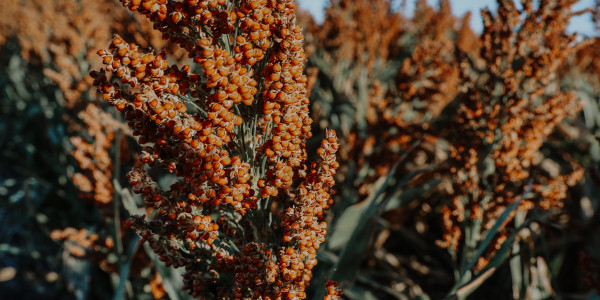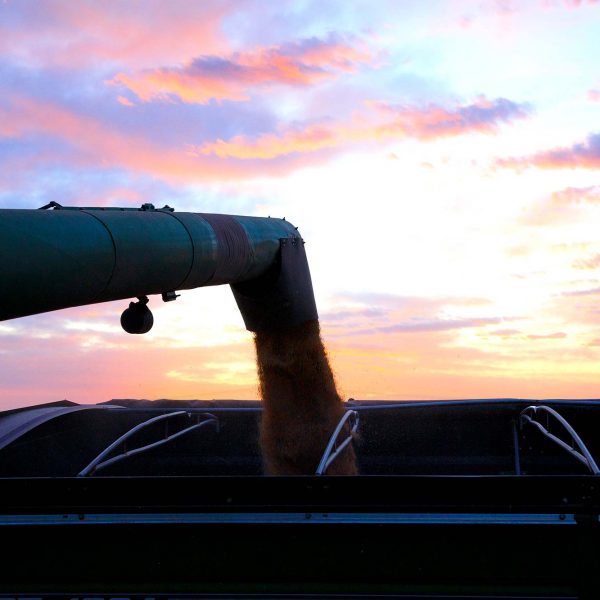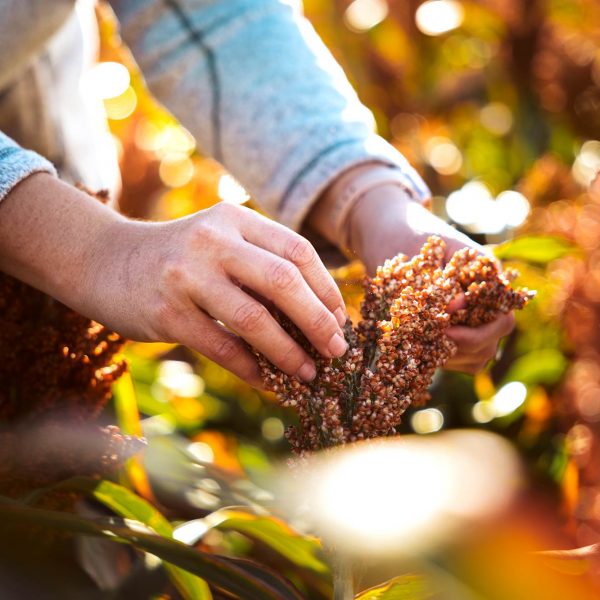
Sugarcane Aphid – Past, Present and Future
2022 July MAFG/HP
Brent Bean, Sorghum Checkoff Agronomist
Sugarcane Aphid – Past, Present and Future
PAST
The sugarcane aphid was first found in sorghum in the U.S. in 2013, in a few fields in South Texas and Louisiana, but did not become a serious problem until 2015 when it infested hundreds of thousands of acres across the southern sorghum belt, causing millions of dollars in yield loss. Growers were unfamiliar with this new pest and by the time they realized aphids were in their field, aphid numbers were so high that control was difficult and the damage had already been done. Fields were sprayed numerous times to control aphids while others were simply abandoned.
This experience resulted in a significant drop of sorghum acres planted in the following years. It also caused the sorghum industry to mobilize quickly with entomologists across the U.S. to make sugarcane aphid research a priority. Within a very short period of time, threshold levels for when to apply an insecticide were determined, insecticides were screened for effectiveness and scouting techniques were developed. Crop protection companies did their part in modifying insecticide labels to allow for the use of their products in sorghum to control sugarcane aphid.
Seed companies also reacted swiftly to identify commercial hybrids that had at least some tolerance to the sugarcane aphid. Seed production for tolerant hybrids was put on a fast track and made available to growers. In addition, both seed companies and public breeders screened thousands of germplasm lines in order to develop new hybrids with sugarcane aphid tolerance.
PRESENT
Today, the situation is much different than three years ago and has significantly improved compared to 2015. We now have many tolerant commercial hybrids available and being widely planted. Although growers sometimes still have to apply an insecticide in these fields, aphids multiply much slower than on susceptible hybrids, allowing beneficial insects to do much of the work in controlling the pest. Growers know how to identify and scout for the aphid and realize the importance of applying an insecticide as needed. If an insecticide is needed, we know which products to use and how to best apply them. Nature has also done its part. Beneficial insects have adapted to the presence of sugarcane aphid as a new potential food source and now play a big part in its control.
FUTURE
The future appears bright for sorghum growers continuing to win the battle against sugarcane aphid. Insects always have the potential to change and overcome plant tolerance and insecticides. However, sorghum breeders continue to look for new sources of tolerance and will incorporate these into new hybrids using the latest techniques in breeding and seed production. We now have insecticides available with two distinct mode-of-actions and it is highly unlikely that the aphid will develop resistance to both classes of insecticides at the same time.
Initially, the focus on developing tolerant hybrids was with grain sorghum. In the future, we also expect to see more forage sorghum hybrids, especially for the silage market, with sugarcane aphid tolerance. Several of these were available in 2022, with more expected in 2023.
Finally, in the future, we may start referring to the sugarcane aphid found in sorghum as the sorghum aphid! Although from the beginning entomologists suspected that this was a unique aphid, it took time to confirm it through extensive testing, including DNA sequencing.




